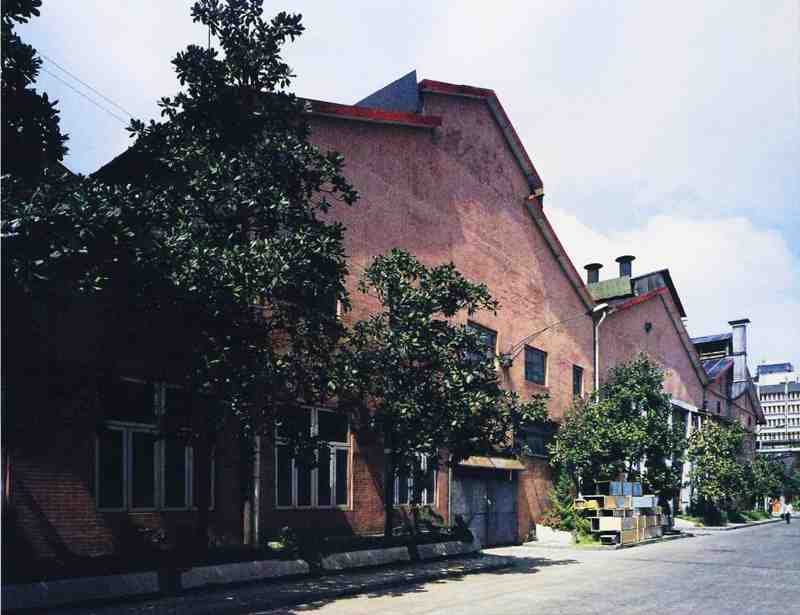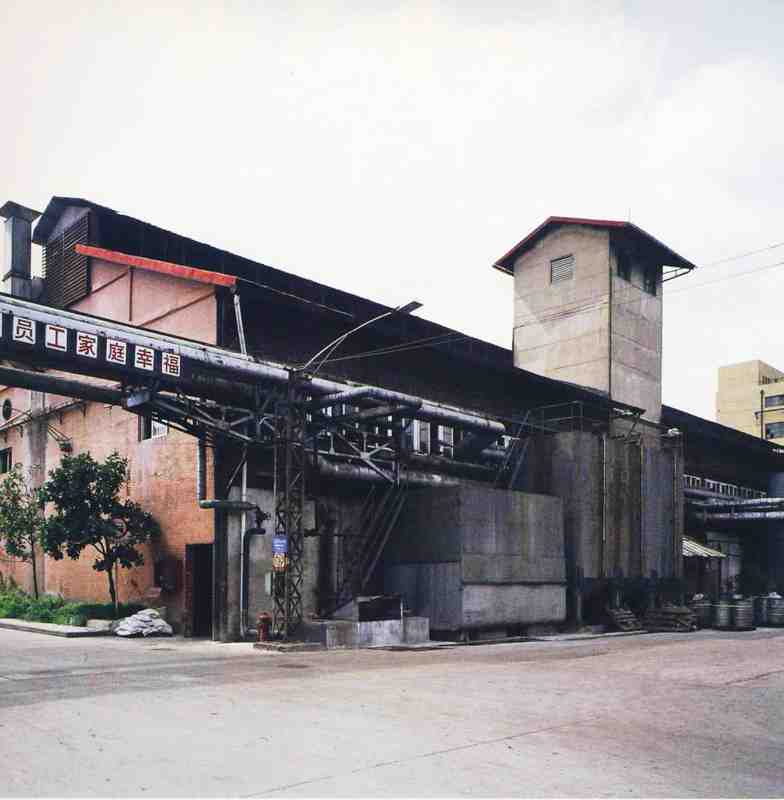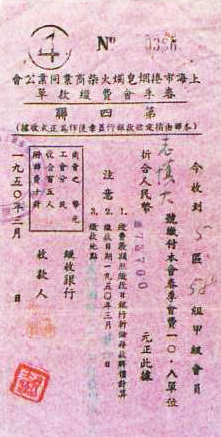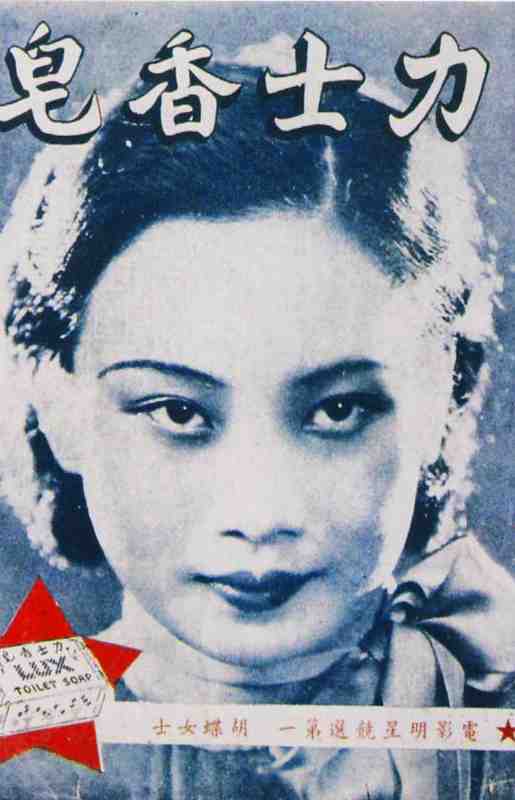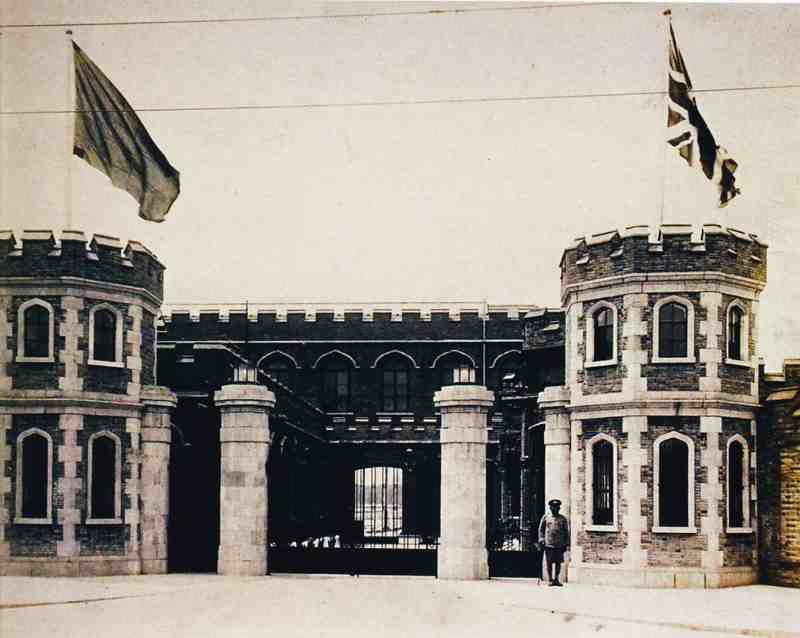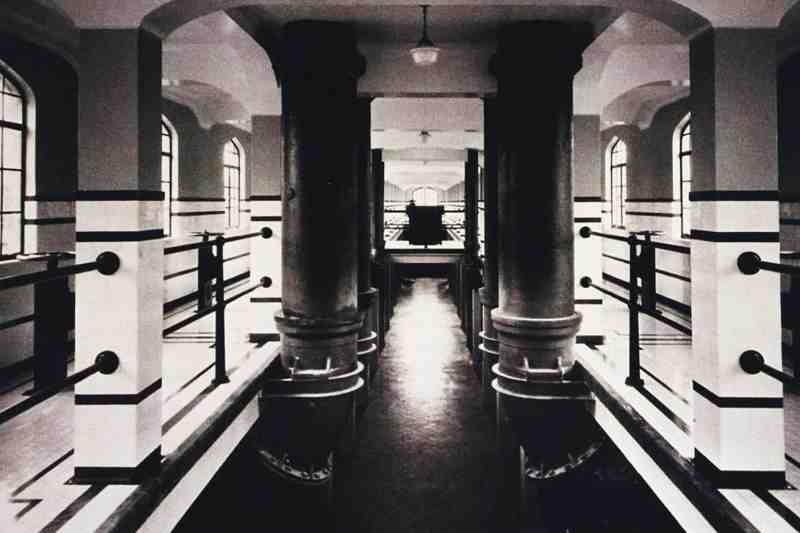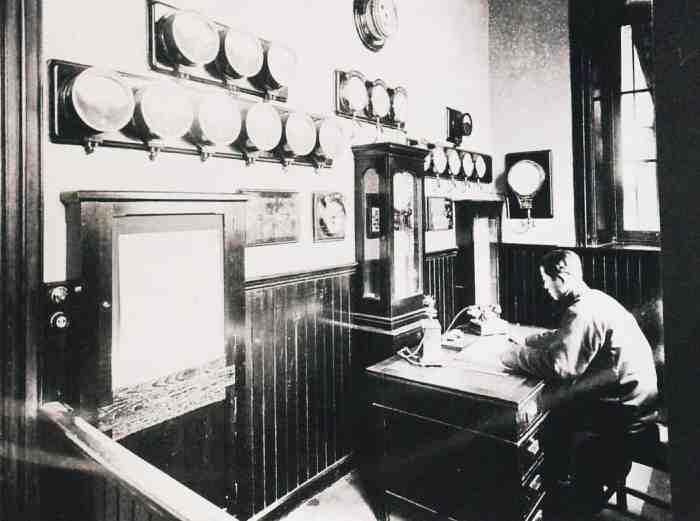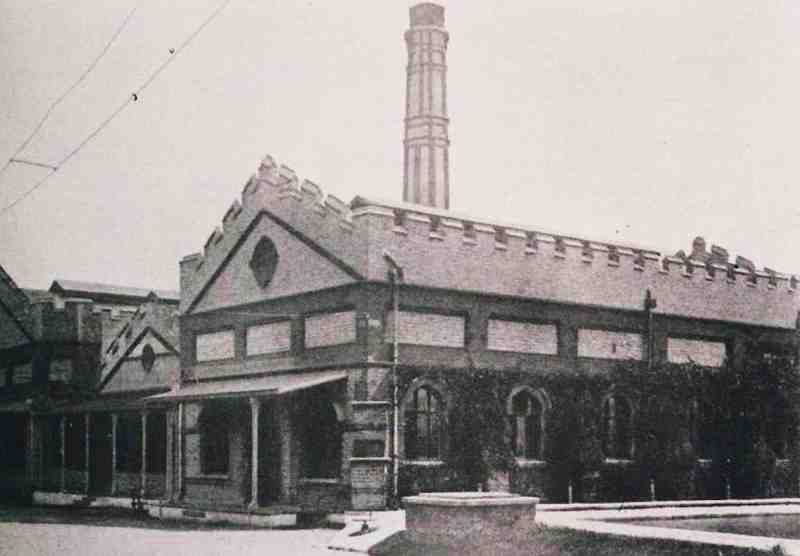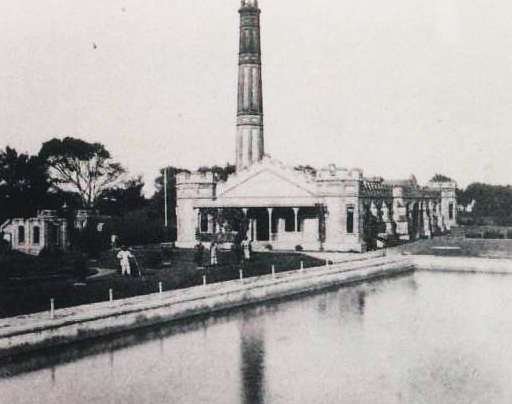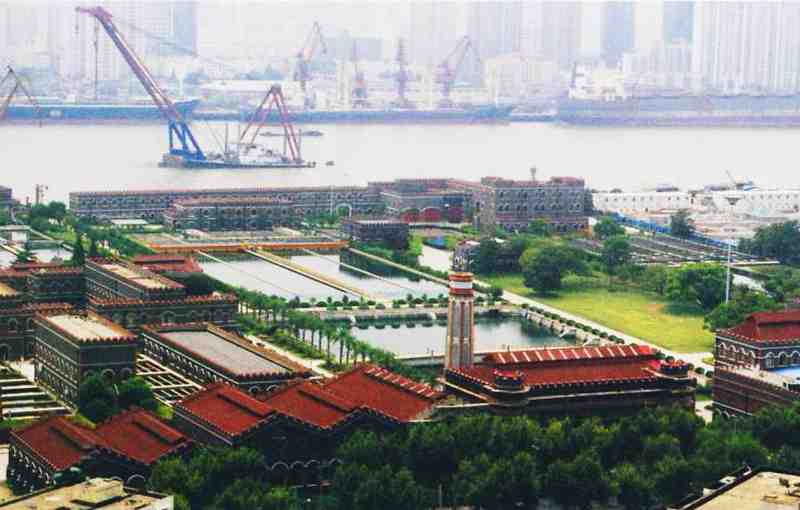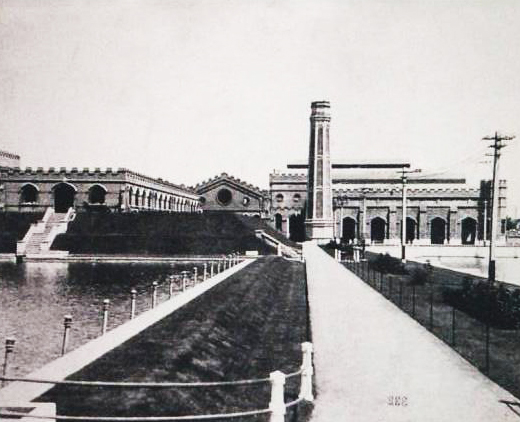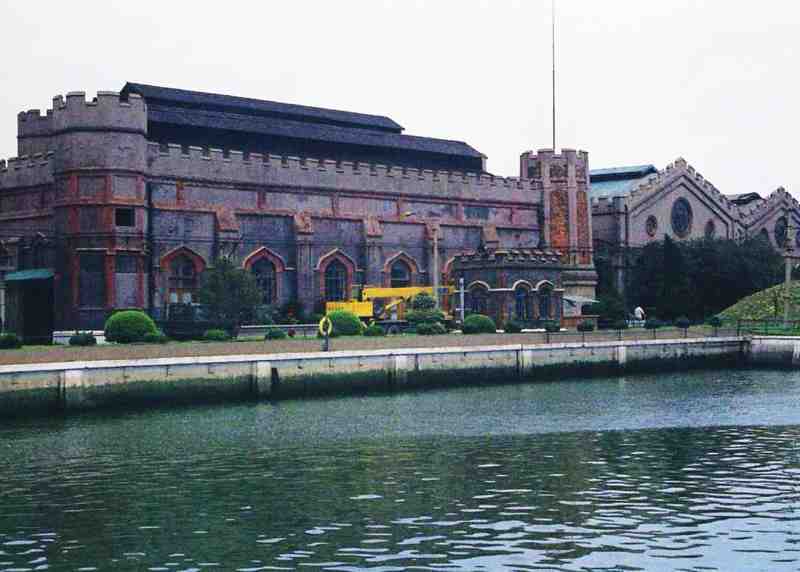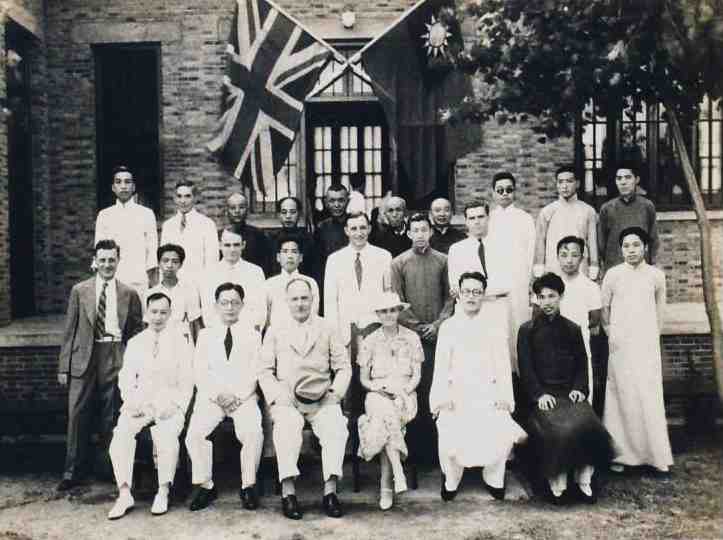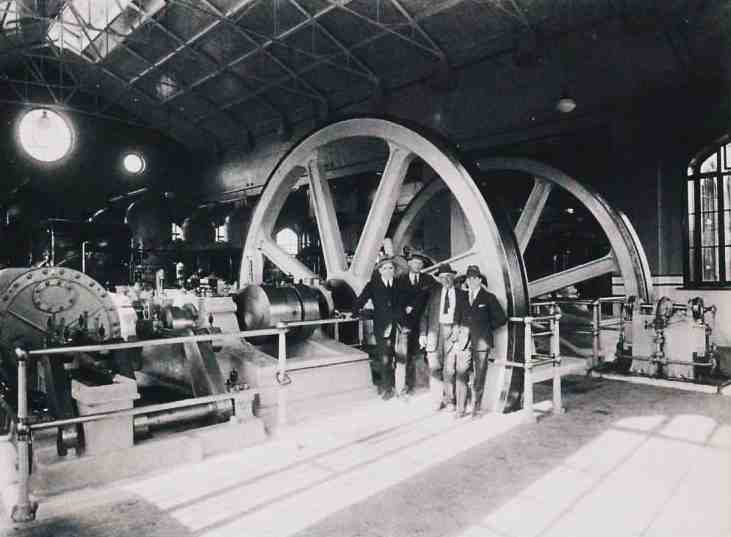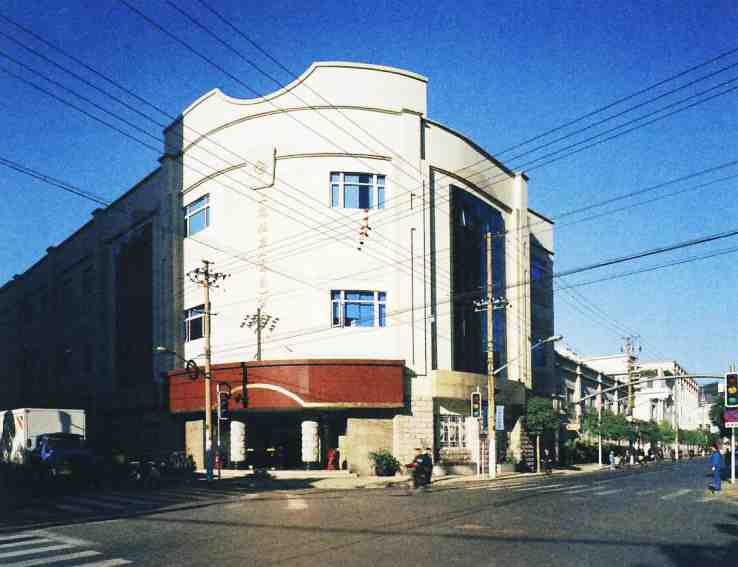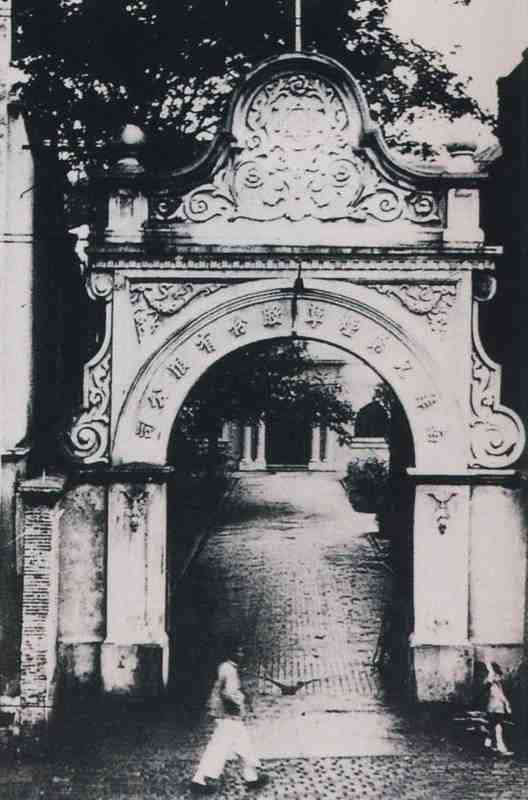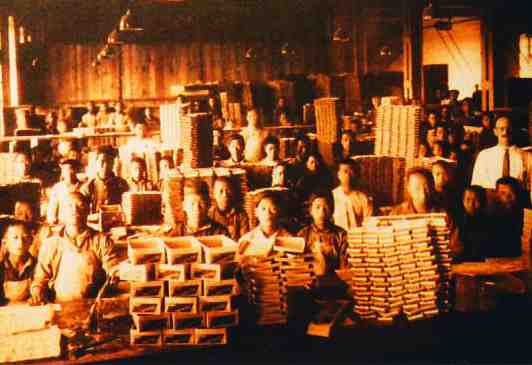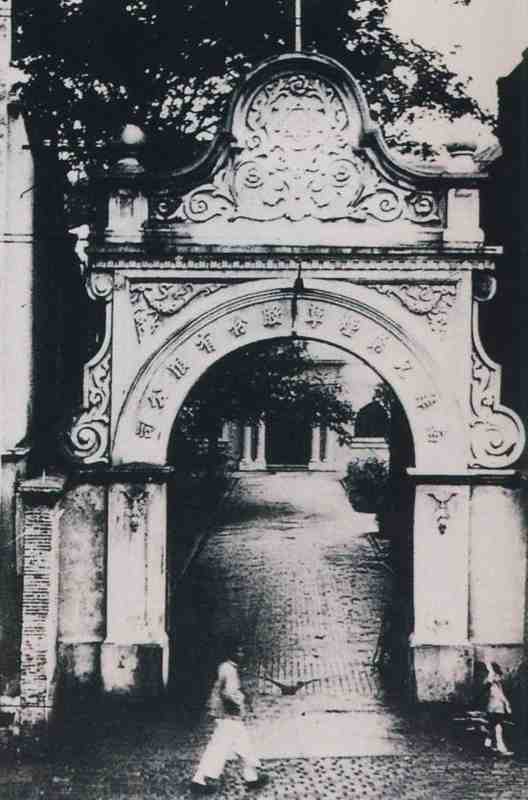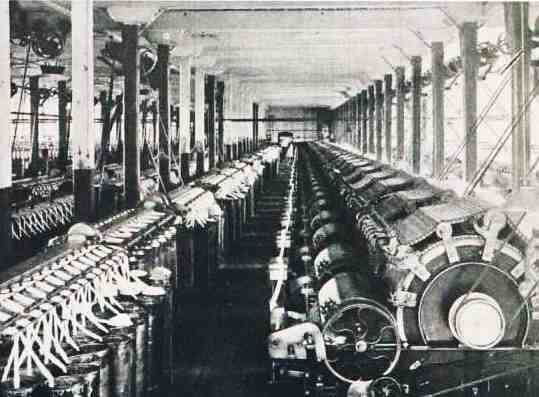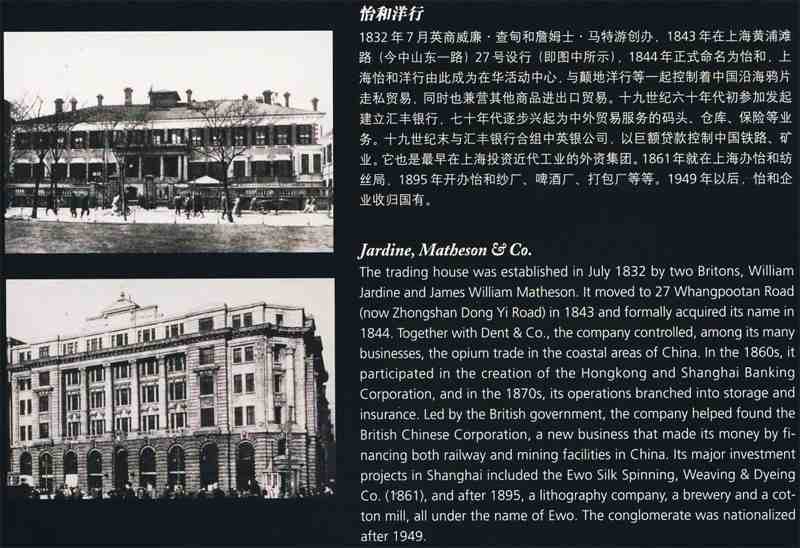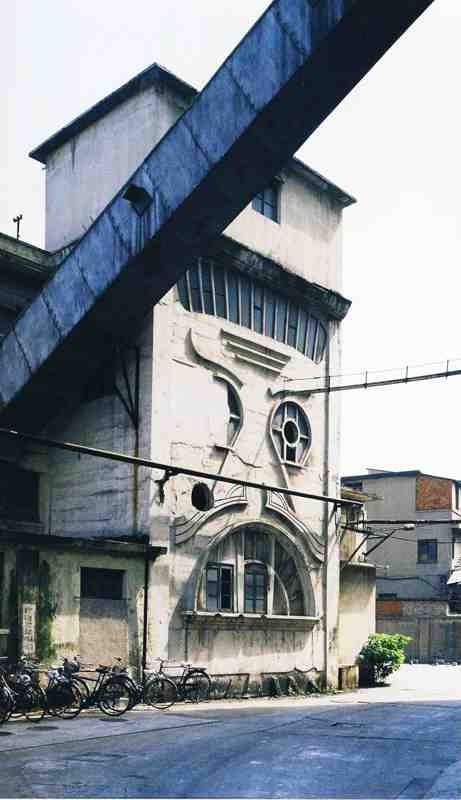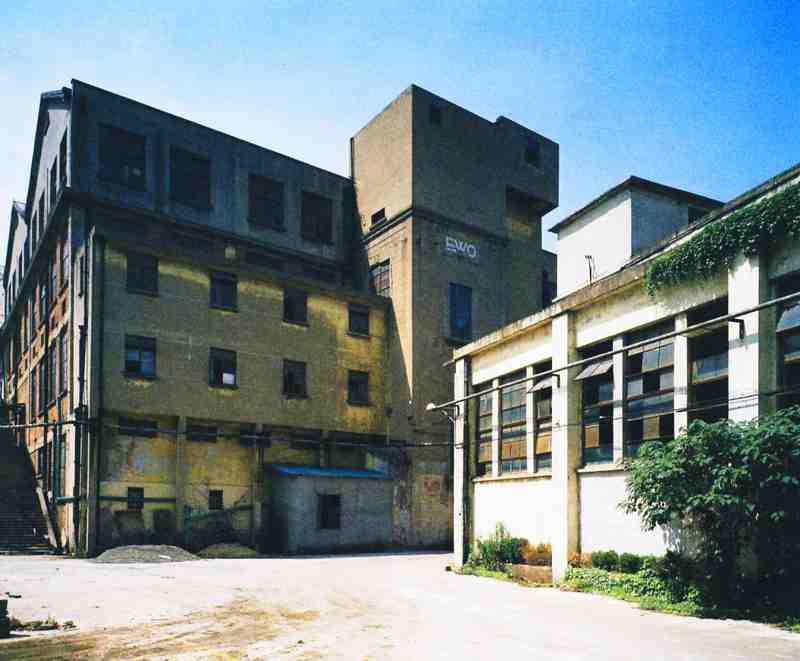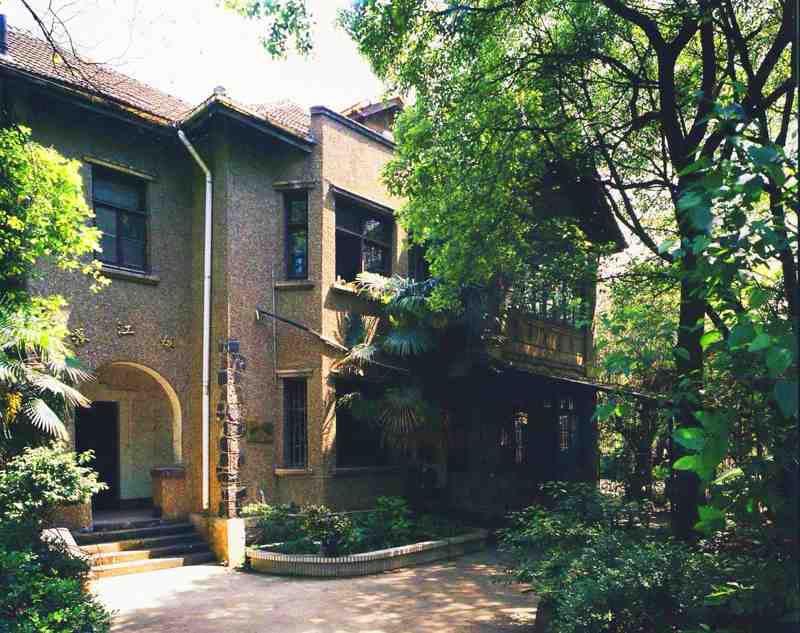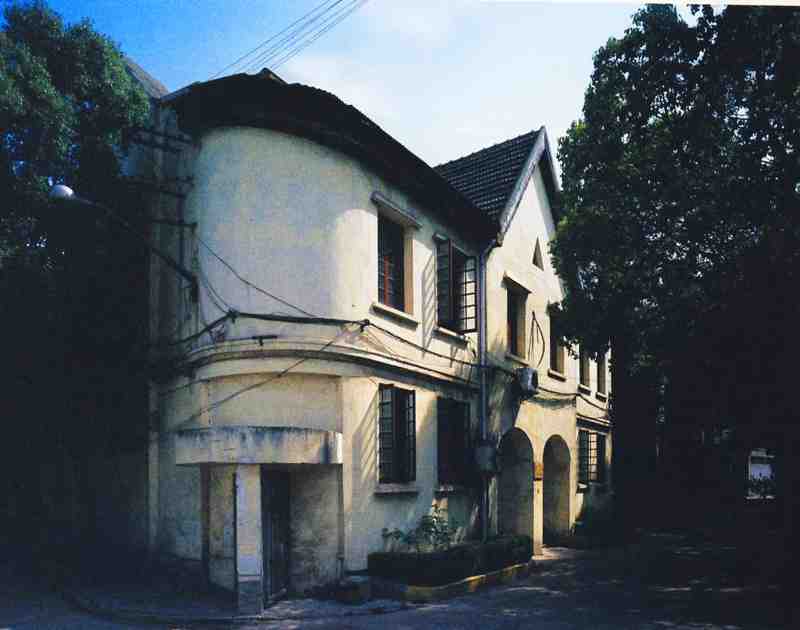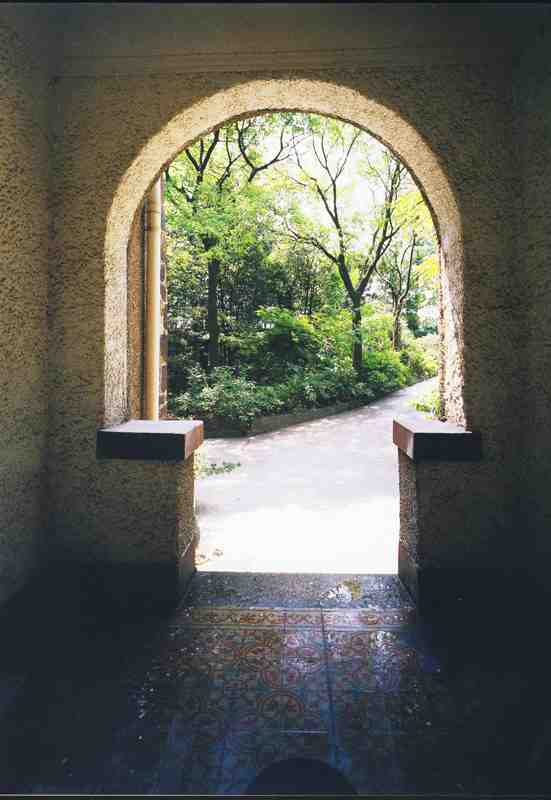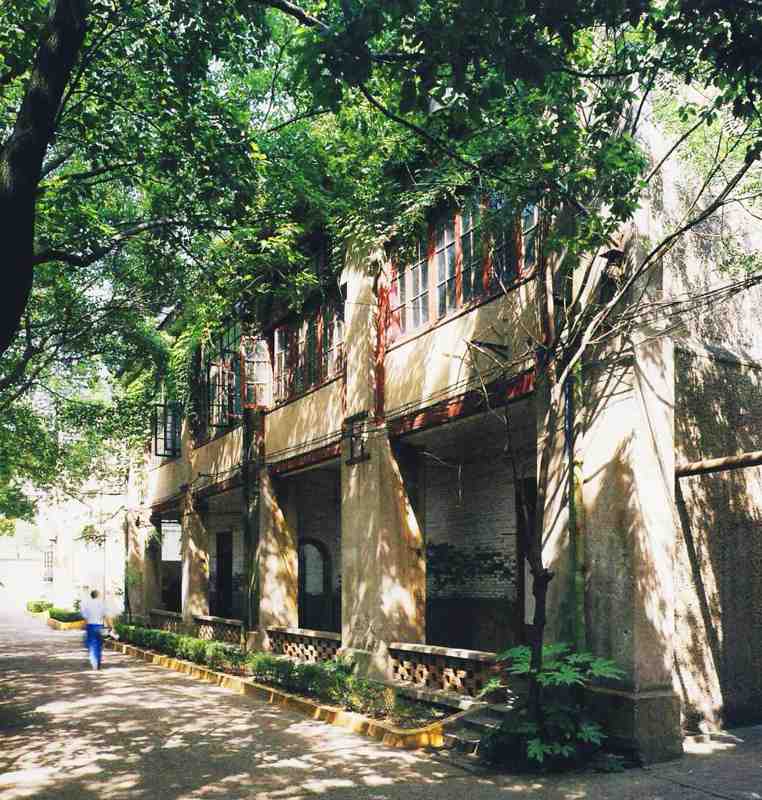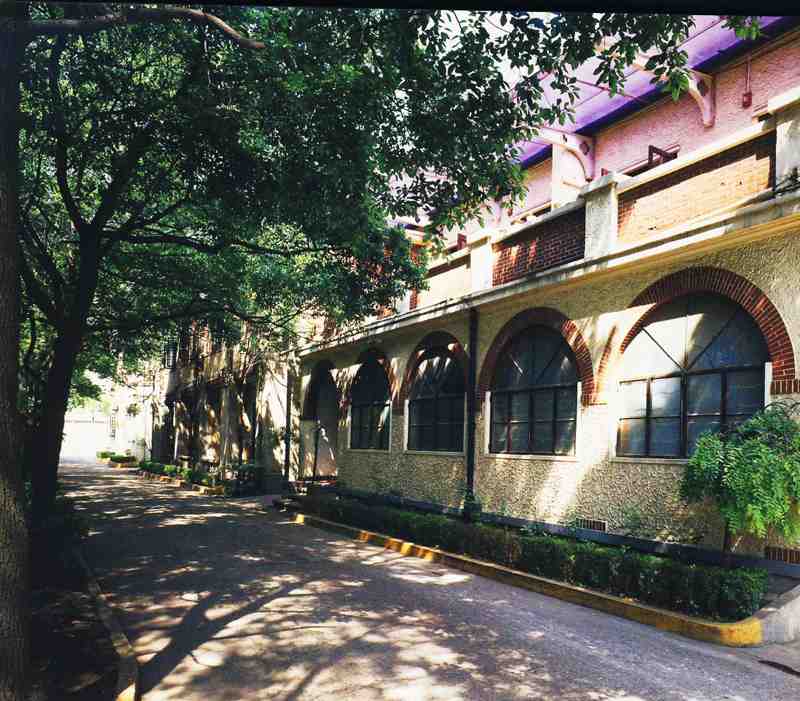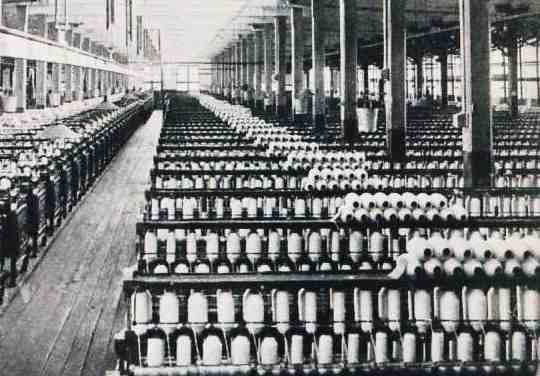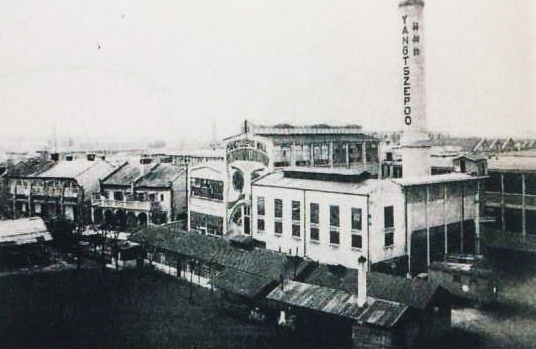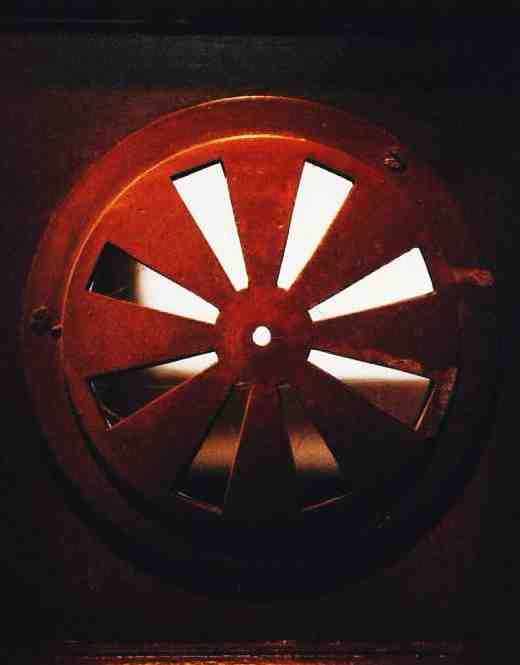A century of Industry
The industrial history of Yangpu began in the 1880s. In 1882, with the approval of Li Hongzhang, Shanghai Machinery Paper Mill went into operation. The mill was funded with 150,000 taels of silver and operated under official supervision and merchant management. In 1883, British merchants established the first modern waterworks in China along the Huangpu River—Yangshupu Waterworks. In 1890, Shanghai Machinery Weaving Mill, which was funded with 500,000 taels of silver and operated by officials and merchants, was put into operation as the earliest mechanized cotton textile factory in China. Yangshupu Power Plant, built in 1913, was later expanded to become the largest thermal power plant in China at that time. Chinese Aluminum Rolling Mill was China's earliest aluminum product manufacturer, while China Soap Company and British-American Tobacco dominated the Chinese market with a 70%-80% share. By 1937, there had been 57 foreign-funded factories and 301 national industrial enterprises in Yangpu, with the light textile industry's spindle count accounting for 45.4% of the city's total. After the founding of the People's Republic of China, the industrial landscape of Yangpu underwent fundamental changes, with industrial production soaring. Under the leadership of the Party, Yangpu's status as a key industrial base was further fortified, working industrial miracles in the planned economy era. From 1949 to 1959, national infrastructure investments totaled 1.346 billion yuan. In 1958, the total industrial output value skyrocketed to 2.757 billion yuan, 9.73 times that in 1949. Subsequently, companies like Shanghai Silicon Steel Sheet Plant, Shanghai Automobile Motor Plant and Shanghai Boiler Works were established successively. By 1965, 84 new factories had been built, with an industrial output value of 6.135 billion yuan, representing 26.52% of the city's total of 23 billion yuan. At the same time, the light textile industry remained a mainstay, giving rise to a large number of renowned domestic brands like "Zhonghua" cigarettes, "Phoenix" bicycles and "Shanghai" watches. In 1978, the CPC Yangpu District Committee and the Yangpu District People's Government decided to propel relevant district departments to initiate new economic entities from 1979 according to the decision of the Party Central Committee to shift the work focus to economic construction, significantly promoting the industrial development of Yangpu. In 1985, the Planning Outline of Yangpu District for Urban Construction and Social Development (1985-1990) was formulated, which mapped out a strategy prioritizing economic and urban construction to promote the development of various economic and social undertakings. In January 1993, the Fifth Party Congress of Yangpu District charted a course to build Yangpu into an open, multifunctional city with a developed tertiary industry, a rational industrial structure, a beautiful living environment, a thriving economy and a stable society. In the 21st century, Yangpu has sped up its transformation from an industrial and knowledge-based district into an innovative district, accelerating the shift between the old and new economic drivers. Industrial heritage has been preserved and revitalized continuously, with the century-old textile mill repurposed into a new innovation and startup hub - Changyang Campus, the tobacco warehouse converted into a green ecological building - "Green Hill", and the industrial belt of Yangpu Riverside transformed into a life belt.

